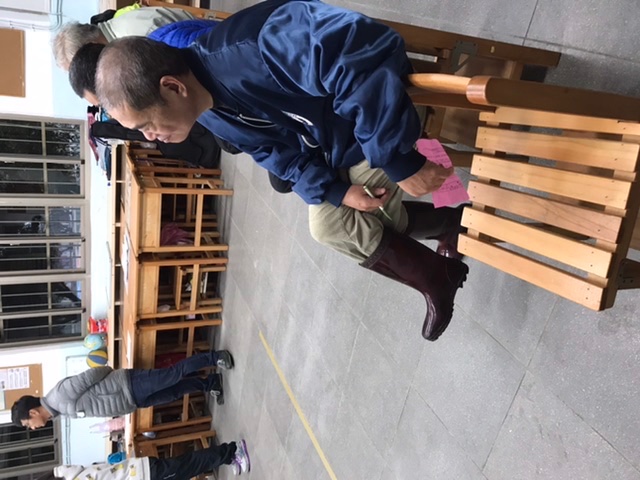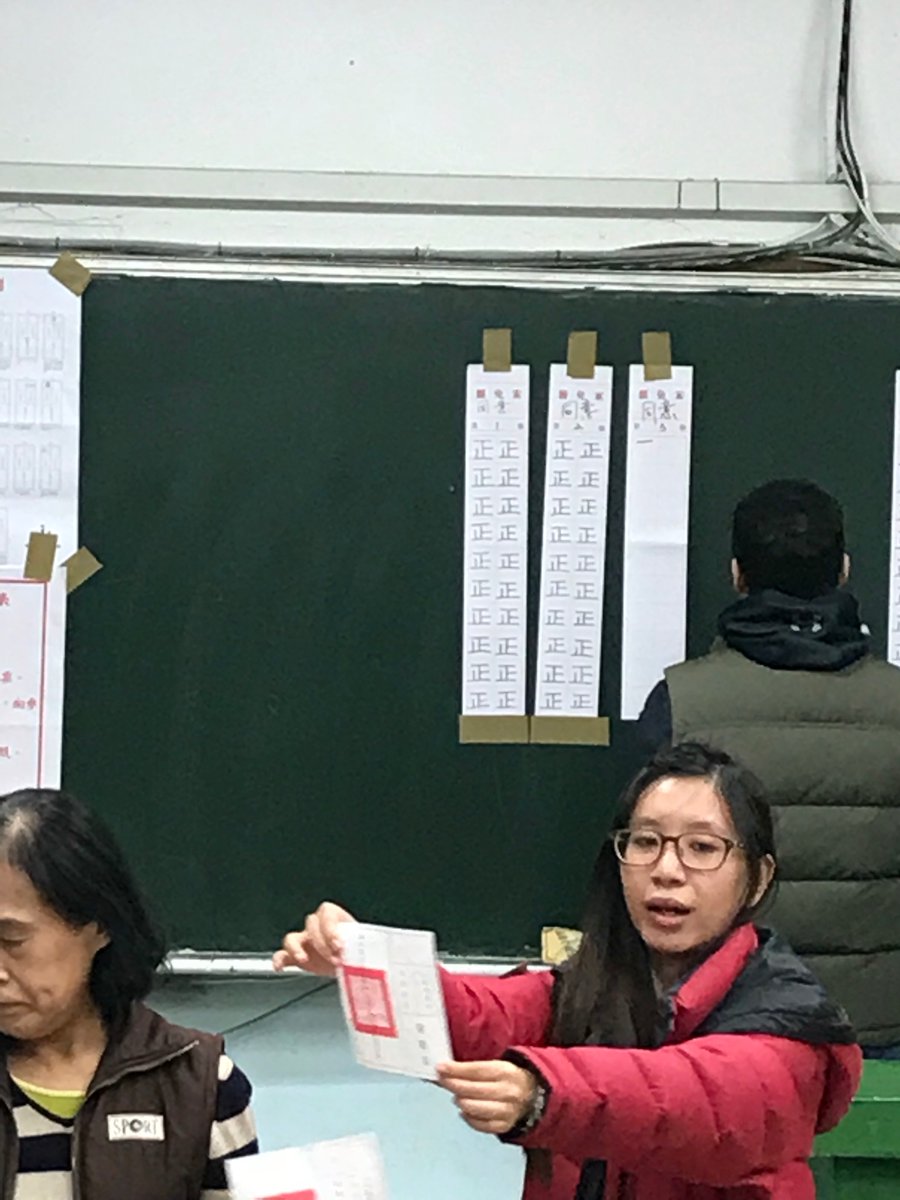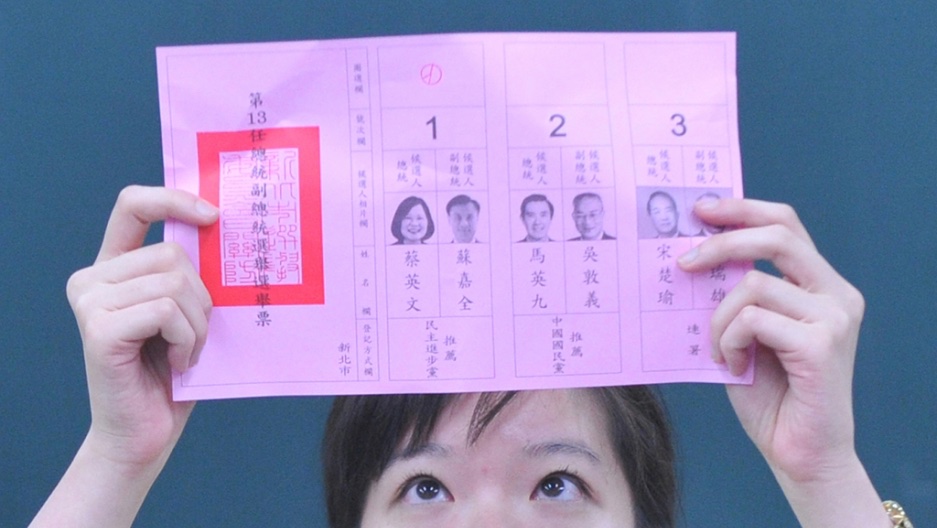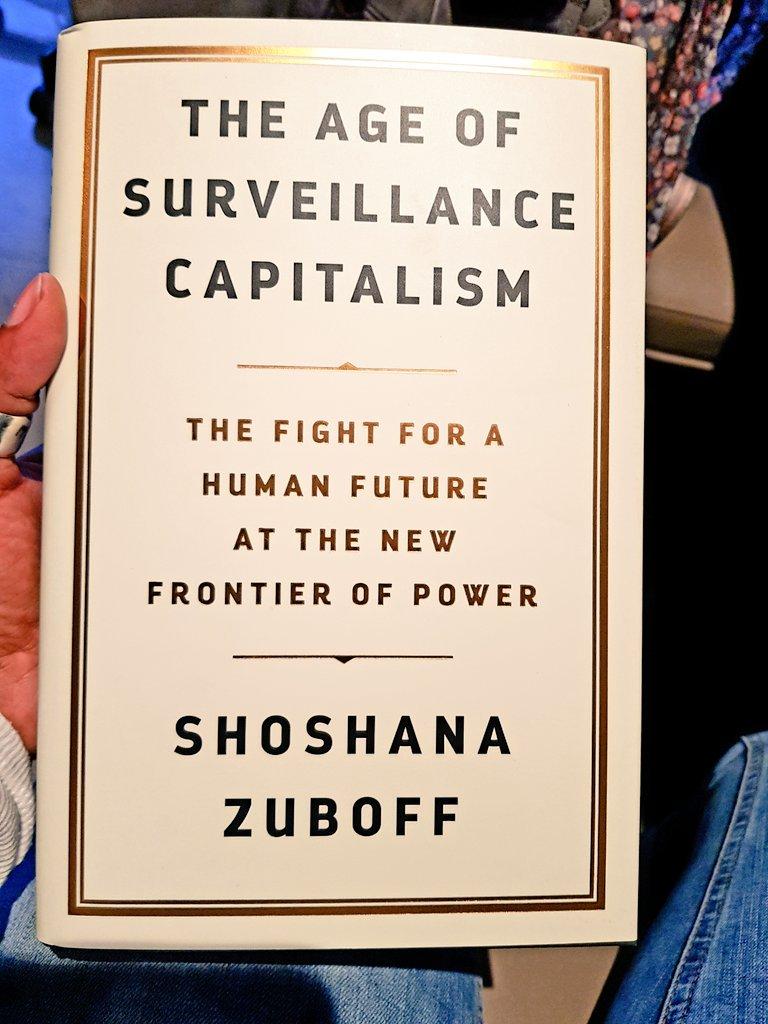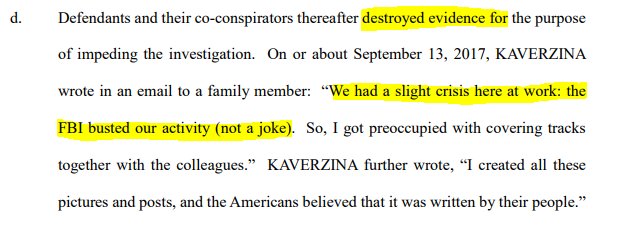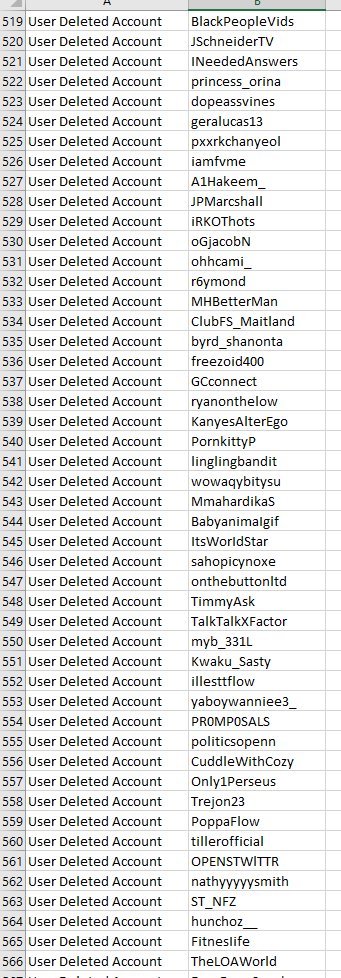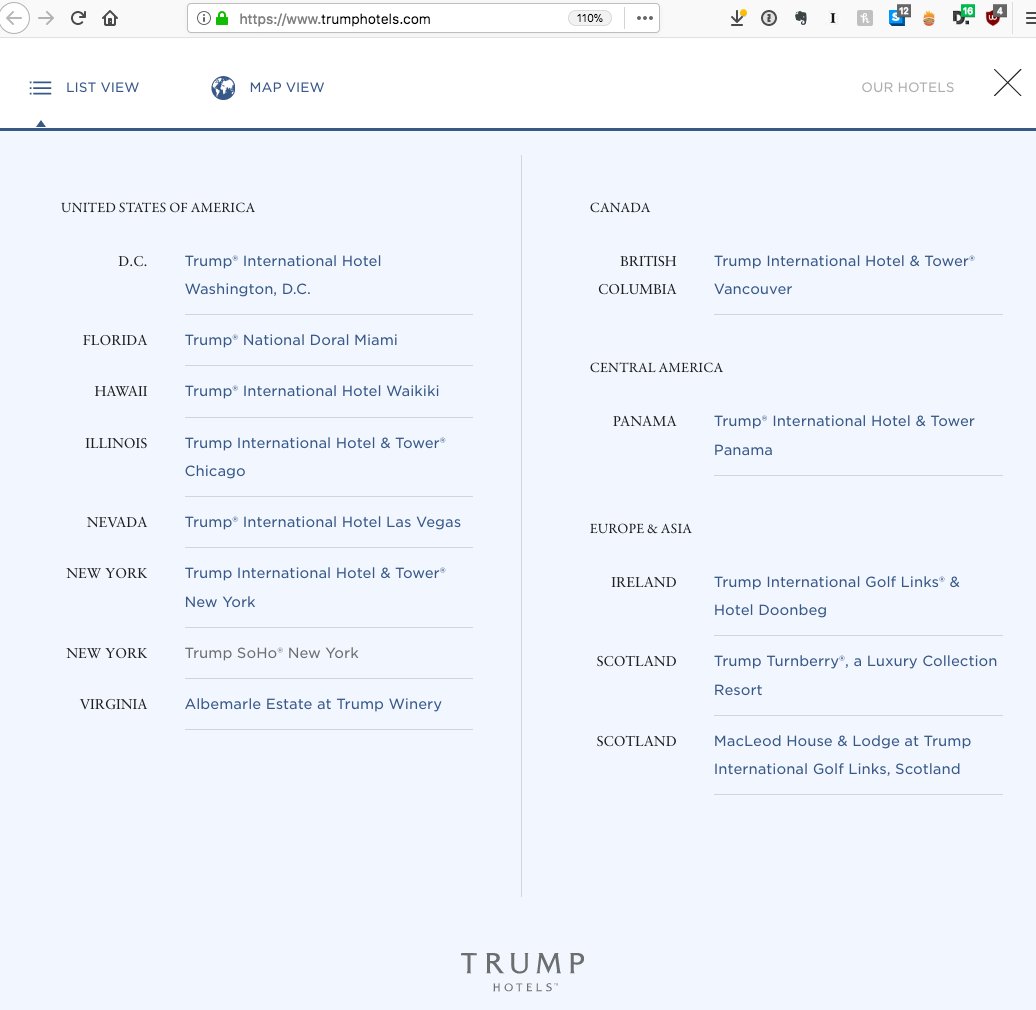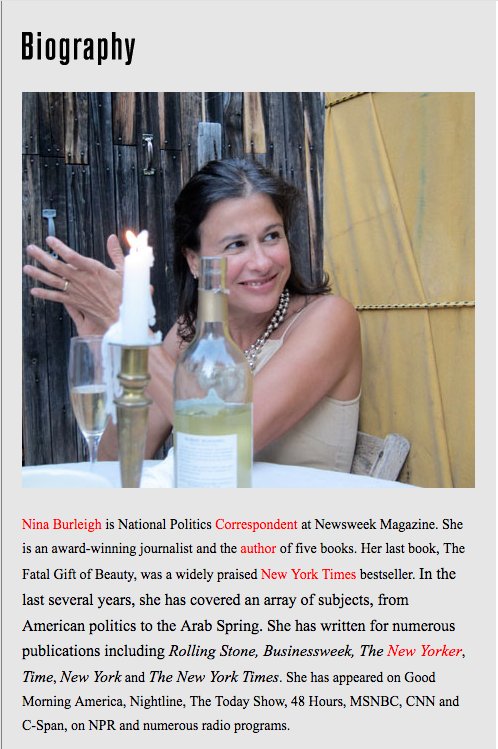Tweet storm follows about Election Day procedures in #taiwanelection
Polling places are typically public buildings: schools, community centers, etc., w/in easy walking distance.
There is usually one polling station for every 1500-3000 voters.
So everyone has to return to vote in the precinct where their household is registered, even if it’s not where they live.
1. Since ballots are counted directly at polling stations (more on that later), it would require getting them to the right place in time for the count. Or delaying the final results.
Imagine the skepticism if several hundred thousand overseas ballots from mainland China changed the outcome of a few races. Hard to trust all those votes were cast freely.
Granted, it doesn’t deal with the overseas vote issue.
1. Presidential ballot—pink
2. District legislator—yellow/green/blue
3. Party ballot—white
Each is cast in a different box.
The different colors help workers give voters the right ballots, and facilitate speedy counting.
The CEC was founded in 1980 (under martial law!) to standardize electoral practices and increase trust in election results.
Today, only vote-buying is still a serious potential threat.
To ensure neutrality, no campaign material can be w/in 30 meters of a polling station.
To prevent release of misleading polls that might discourage or encourage supporters, the CEC imposes a polling blackout for the 10 days prior to each election.
So nobody has released a poll since Jan 1 (though campaigns can still do internal polls).
This also makes it harder to estimate voting patterns by group (age, partisanship, issue salience, etc).
We’ll probably know the final results by 9pm, five hours after the polls close. And most counts will be in by 6!
Actually, this is a good thing! In Taiwan, police have the highest levels of public trust of any government agency, far above political parties, the courts, and even the CEC.
cornellpress.cornell.edu/book/978150174…
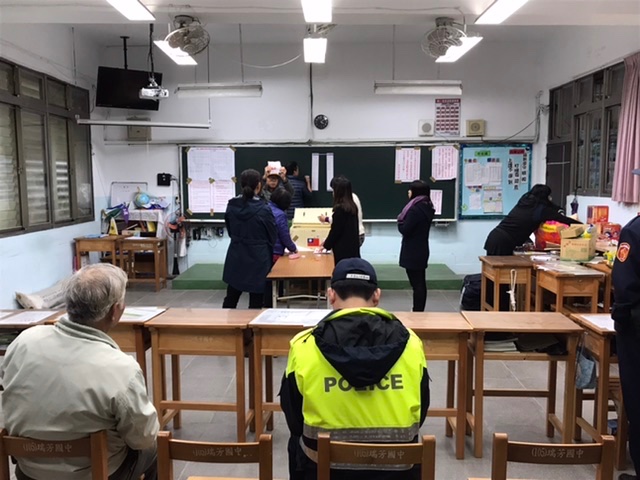
So as you watch, feel free to take pictures and video!
Like this:
Note:
- votes called out one by one, with a worker assigned to record each vote on a piece of paper pasted to the wall
- counting for each race takes place simultaneously
- votes tallied for each candidate on sheets on the wall.
- the worker makes the character 正, which has five strokes. So each “Zheng” represents five votes. 10 正/sheet = 50 votes.
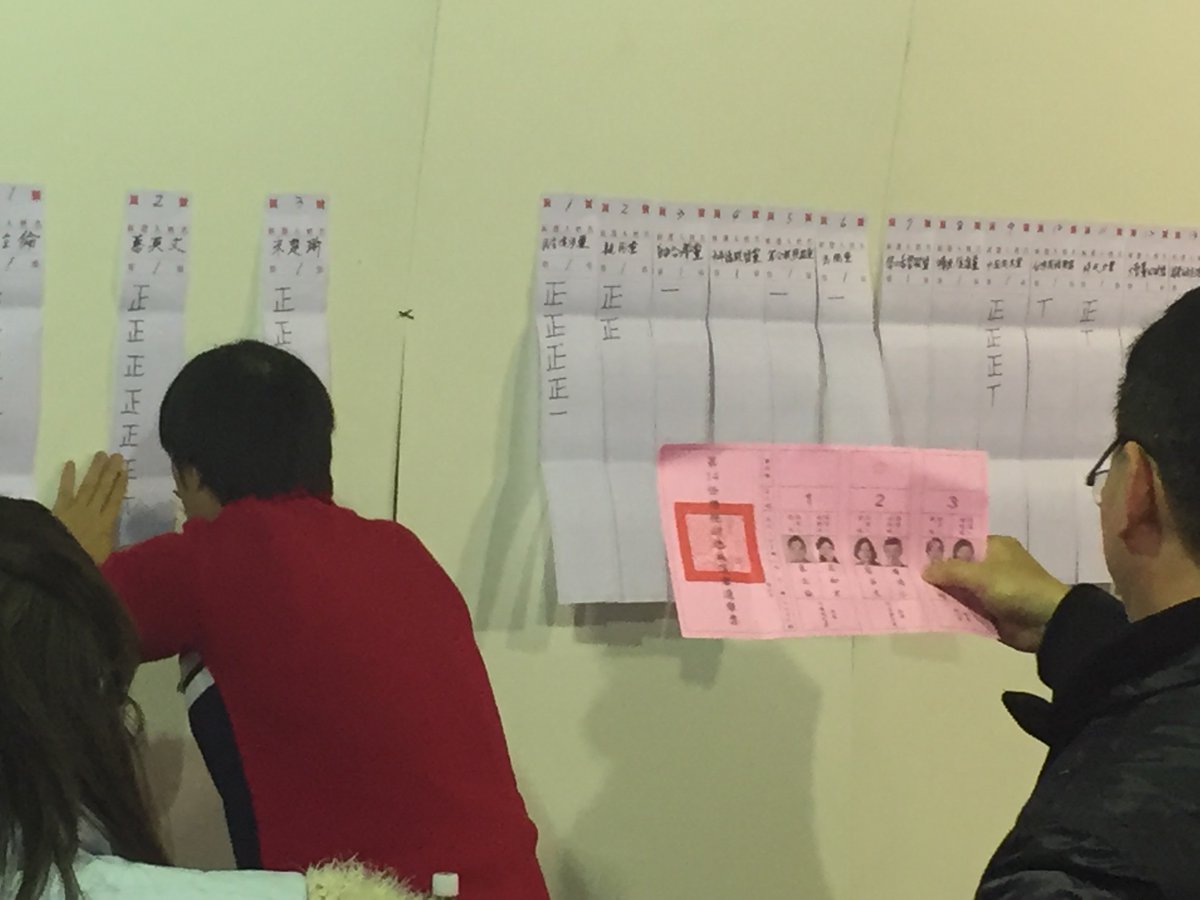
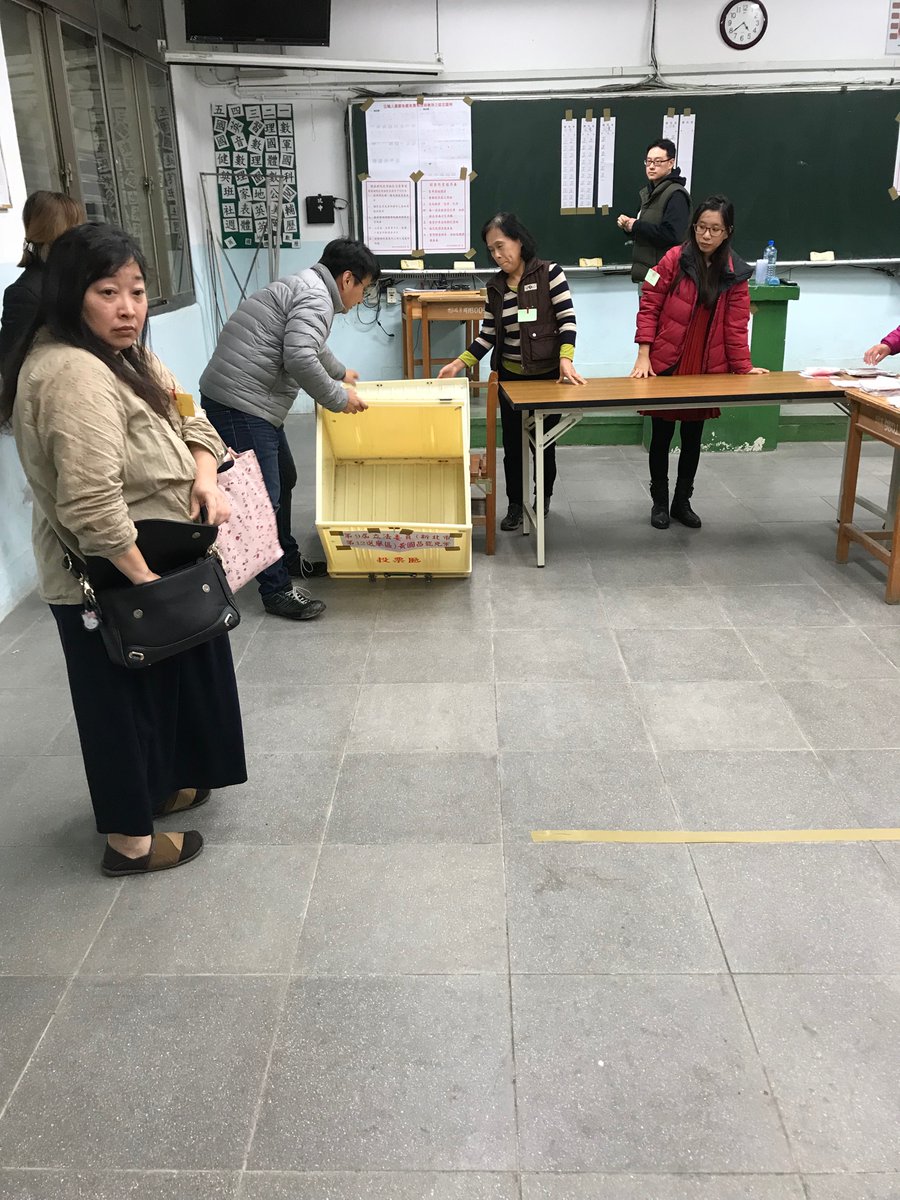
Here are the results of the Huang recall vote in 2016 (Huang survived because turnout wasn’t high enough).
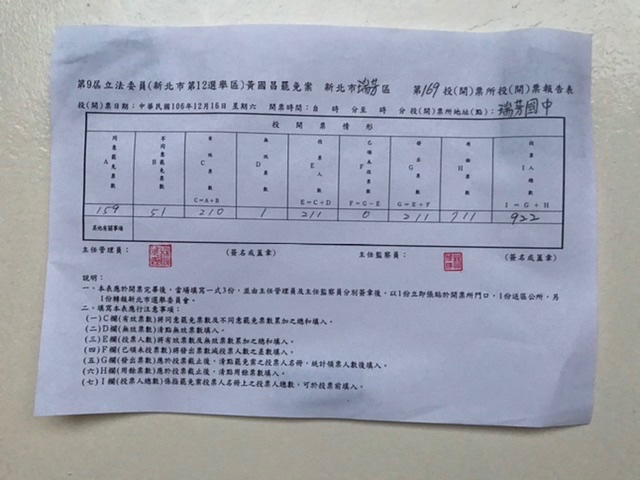
As a result, it’s virtually impossible to hack the vote count. Even mistakes get called out. Typically, the error rate is <1% and yet the results are known w/in 2 hrs.
